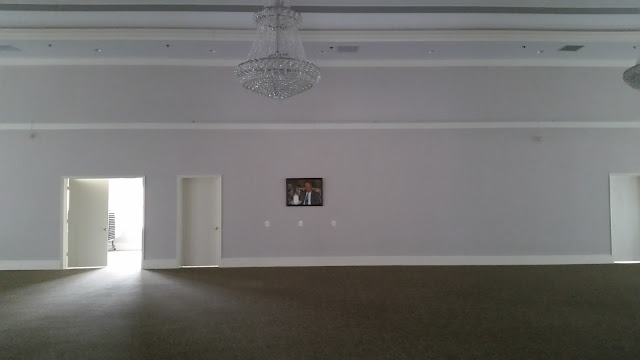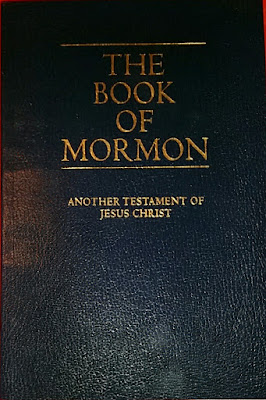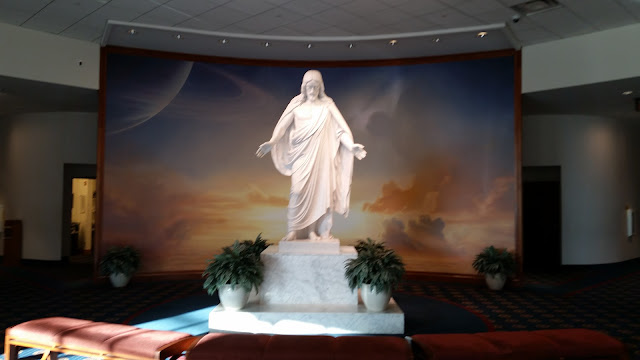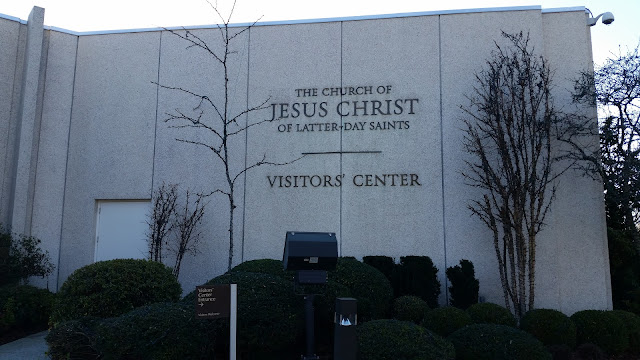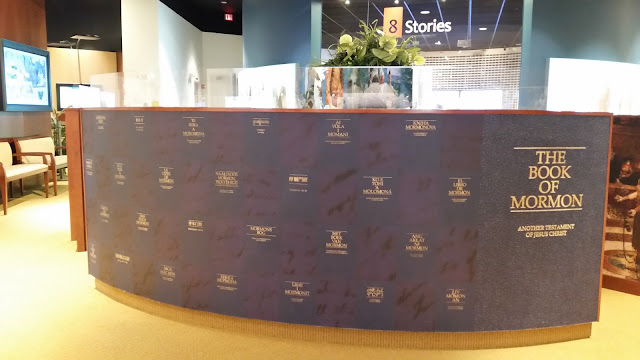I was brought up to believe that Christians have a duty to read the Bible. From age 8, I read it regularly. The funny thing is, no one ever told me how to read the Bible. In church, we sometimes went through books, but often we had lessons in which the teacher would bounce around the Bible from verse to verse. In my preteen years, when I was taught how to preach, I was given a concordance and told that I could look up topics and words to support what I had to say. This way of reading the Bible is common in churches that grew up on American soil during the 1800s and afterward.
One of the first serious Bible classes I took in undergrad was a course in how to read the Bible. In it, we learned a lot of things that changed the way I saw scripture and how Christians ought to use it.
One of the first things I learned was the Bible was not originally written with chapters and verses. Admittedly, I already knew this, but I'd never taken the time to think about what it meant. I'd also never taken the time to consider the fact that most of the Bibles we read don't just have those additions, they also have labeled subheadings. Sometimes the subheadings explain the meaning of the scripture. Even when they don't, they separate one story from another in a way that the author of the text might not have intended.
It will surprise some readers to know that chapters were not commonplace in the Bible until the 900s (though versions with chapters showed up in the 4th century), and that verses didn't become commonplace around the 1500s, which is why there are a few places in the Bible where Catholics and Protestants separate verses differently (the process hadn't completed when the Reformation started). (More Information)
Obviously, concordances like the ones we use today couldn't exist without verses. The Bible wasn't written to be used in the way that Evangelicals use it - topically. It was written book by book, and the books were meant to be read as wholes. Imagine for a moment that a friend of yours is trying to convince you of something I want to say to you, but instead of giving you several paragraphs from me, he takes a sentence from my writing here, a sentence there and combines them to support his intended message. Can you be sure that I would agree with his message? Taking time to think about how the Bible was written and originally delivered to us forced me to think about how to read it well and to not force it to say whatever I might want it to.
One of the other things I learned, probably in a history class, is that the printing press didn't exist in a form useful to the masses before the mid 1400s. In order to copy books, you needed a scribe to write down every single letter of every single word. Imagine how long it would take to write a copy of the whole Bible - and that would be just one copy. If you wanted another copy, the scribe would have to repeat the entire process. Books were really expensive. A copy of the Bible could cost more than the average person would make in his entire life.
Early Christians didn't own copies of the Bible. In fact, since books were inaccessible to most people, the average person had no reason to learn how to read. And so, he didn't. Instead, just like there were scribes to make copies of books, there were professional readers who would read texts to audiences. This is why Mark 13:14 says, "Let the reader understand." Mark wants to make sure that the reader, obviously not you or I, understands. For the first 1500 years of Christianity, the Bible was inaccessible to the average Christian not simply because of persecution from the Catholic Church, but because a single book was too expensive to buy and the average person couldn't read anyway.
The people who taught this to me rarely questioned what this meant for the Churches of Christ and other Evangelical Churches, but I did. It occurred to me that if our churches couldn't have even existed in their current form with their current assumptions for the first 75% of Christian history, then we must have some false assumptions about what is required to be Christian. Clearly, reading the Bible regularly isn't something God expected of the average Christian, otherwise he would have waited to send Jesus until the 1500s, or somehow inspired society with an efficient printing press much earlier. God saw no need to intervene.
One of the first serious Bible classes I took in undergrad was a course in how to read the Bible. In it, we learned a lot of things that changed the way I saw scripture and how Christians ought to use it.
One of the first things I learned was the Bible was not originally written with chapters and verses. Admittedly, I already knew this, but I'd never taken the time to think about what it meant. I'd also never taken the time to consider the fact that most of the Bibles we read don't just have those additions, they also have labeled subheadings. Sometimes the subheadings explain the meaning of the scripture. Even when they don't, they separate one story from another in a way that the author of the text might not have intended.
 |
| Matthew Chatper 5 - 6 NIV (Notice the Subtitles) |
It will surprise some readers to know that chapters were not commonplace in the Bible until the 900s (though versions with chapters showed up in the 4th century), and that verses didn't become commonplace around the 1500s, which is why there are a few places in the Bible where Catholics and Protestants separate verses differently (the process hadn't completed when the Reformation started). (More Information)
Obviously, concordances like the ones we use today couldn't exist without verses. The Bible wasn't written to be used in the way that Evangelicals use it - topically. It was written book by book, and the books were meant to be read as wholes. Imagine for a moment that a friend of yours is trying to convince you of something I want to say to you, but instead of giving you several paragraphs from me, he takes a sentence from my writing here, a sentence there and combines them to support his intended message. Can you be sure that I would agree with his message? Taking time to think about how the Bible was written and originally delivered to us forced me to think about how to read it well and to not force it to say whatever I might want it to.
One of the other things I learned, probably in a history class, is that the printing press didn't exist in a form useful to the masses before the mid 1400s. In order to copy books, you needed a scribe to write down every single letter of every single word. Imagine how long it would take to write a copy of the whole Bible - and that would be just one copy. If you wanted another copy, the scribe would have to repeat the entire process. Books were really expensive. A copy of the Bible could cost more than the average person would make in his entire life.
Early Christians didn't own copies of the Bible. In fact, since books were inaccessible to most people, the average person had no reason to learn how to read. And so, he didn't. Instead, just like there were scribes to make copies of books, there were professional readers who would read texts to audiences. This is why Mark 13:14 says, "Let the reader understand." Mark wants to make sure that the reader, obviously not you or I, understands. For the first 1500 years of Christianity, the Bible was inaccessible to the average Christian not simply because of persecution from the Catholic Church, but because a single book was too expensive to buy and the average person couldn't read anyway.
The people who taught this to me rarely questioned what this meant for the Churches of Christ and other Evangelical Churches, but I did. It occurred to me that if our churches couldn't have even existed in their current form with their current assumptions for the first 75% of Christian history, then we must have some false assumptions about what is required to be Christian. Clearly, reading the Bible regularly isn't something God expected of the average Christian, otherwise he would have waited to send Jesus until the 1500s, or somehow inspired society with an efficient printing press much earlier. God saw no need to intervene.




